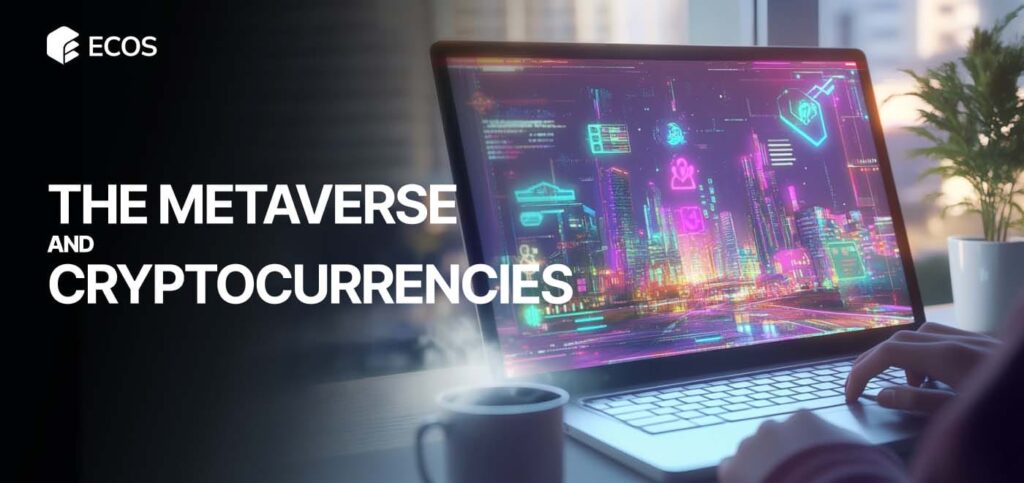Have you ever imagined a world where your avatar owns property, trades rare items, or even runs a small business—all without leaving your room? Welcome to the metaverse, a place that was once the stuff of science fiction, now evolving into a bustling digital economy. What started as playful, experimental spaces is fast becoming a serious marketplace where virtual commerce, digital assets, and finance are taking center stage. And let me tell you, it’s more than just a curiosity—it’s starting to feel… real.

From Pixels to Profit: The Rise of Virtual Commerce
The metaverse isn’t just a playground. It’s becoming a marketplace with real stakes. People are buying and selling avatars, skins, virtual real estate, NFTs, and even experiences. At first glance, it might seem like child’s play—but there’s serious money moving here.
Brands have noticed. Luxury labels, gaming giants, and entertainment companies are all jumping in, offering digital products that bring in revenue while engaging a whole new generation of consumers. Digital goods have almost zero marginal cost, yet people are willing to pay big sums. The value isn’t in the pixels themselves—it’s in what they represent: status, creativity, and belonging.
Virtual real estate is perhaps the most eye-opening example. Platforms like Decentraland let users buy parcels of land with crypto tokens, then rent or resell them. Some see it as speculative, yes, but others see opportunity. And when a piece of digital land sells for hundreds of thousands of dollars, you can’t help but sit up and take notice.
Digital Assets and Tokenization: The New Language of Money
In the metaverse, ownership is no longer about bricks and mortar. It’s about tokens, blockchain, and proof of authenticity. NFTs, virtual goods, and tokenized assets are redefining what it means to “own” something. Suddenly, your digital possessions can carry real-world value.
Decentralized finance (DeFi) is stepping in, too. Lending, borrowing, and trading inside virtual worlds is becoming routine. Peer-to-peer swaps, virtual asset loans, and digital markets blur the line between gaming and finance. The metaverse isn’t just mimicking the real world—it’s inventing new economic rules.
There’s something almost magical about it. You can own, sell, and invest in things that exist purely in the imagination of millions, yet still carry value in dollars, euros, or crypto. It’s thrilling. It’s strange. And it’s happening faster than most of us expected.
Finance Rewired: Opportunities and Risks
Traditional banks and financial institutions can’t ignore this shift. The metaverse is challenging old rules and inviting new players.
Think about it: payments and wallets are digital and global. Asset valuation is murky—how do you price an avatar or a virtual parcel? Regulations are catching up slowly, leaving room for innovation but also risk. And speculation? Oh, it’s rampant. Hype can inflate prices overnight, only for them to crash the next day.
Yet for businesses, this is gold. New revenue streams, global reach, and direct access to digitally native audiences make the metaverse irresistible. For financial players, it’s a chance to provide infrastructure—custody services, token issuance, asset management—and maybe discover new forms of wealth along the way.
Why Now? The Perfect Storm
Several factors have aligned to push the metaverse from curiosity to serious economy:
-
- Tech advancements: VR/AR hardware is finally comfortable and affordable. Blockchains are faster. Networks are more reliable.
-
- Tokenization boom: NFTs and digital tokens are mainstream enough that people trust them as real assets.
-
- Behavioral change: Younger generations treat digital spaces as extensions of themselves—they play, socialize, and shop online.
-
- Pandemic acceleration: Remote events, virtual work, and digital communities skyrocketed.
-
- Brand innovation: Companies are seeing the metaverse as a new channel for engagement—and revenue.
Put it together, and you’ve got a perfect storm. One that’s rewriting the rules of commerce, investment, and social interaction.

Challenges & Cautions: A Reality Check
But let’s not get carried away. Not everything in the metaverse sparkles.
Speculative bubbles are real. Asset prices sometimes detach from reality. Fragmentation is a problem—many platforms don’t play nice together. Regulations lag behind, leaving consumers exposed. Security is a major concern. And there’s a digital divide: VR hardware isn’t cheap, crypto literacy isn’t universal, and not everyone has high-speed internet.
These are real-world problems sneaking into a virtual paradise. It’s a reminder that excitement and caution must go hand in hand.
Looking Ahead: What the Future Might Hold
So, where do we go from here?
We might see consolidation, with platforms agreeing on standards and improving interoperability. Hybrid economies could emerge, blending real-world and virtual purchases in seamless ways. Financial products may evolve around digital assets, treating virtual land like real estate and collectibles like traditional investments. Regulations will likely catch up—but slowly.
Above all, success in the metaverse will depend on real value. Platforms that offer enjoyment, creativity, and utility will thrive. Those that are only hype-driven might fade away as quickly as they appeared.

Final Thoughts
The metaverse is no longer a sci-fi dream. It’s a new economic frontier where money, commerce, identity, and creativity collide. For consumers, it’s exciting—but proceed with care. For businesses and banks, it’s urgent—adapt or get left behind. For regulators, it’s complex—because the rules of the real world don’t always fit the digital one.
In short: the metaverse is more than games. It’s finance. It’s commerce. It’s life online, unfolding in real-time. And how we navigate it now may define the next decade of digital value.
Curious how Big Tech is shaking up payments? Explore